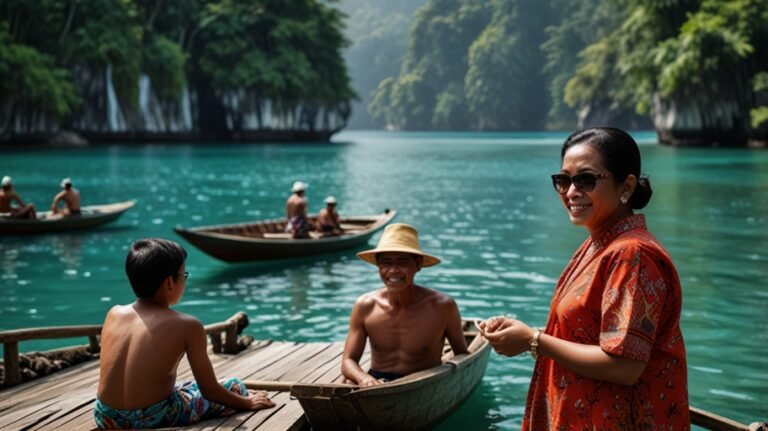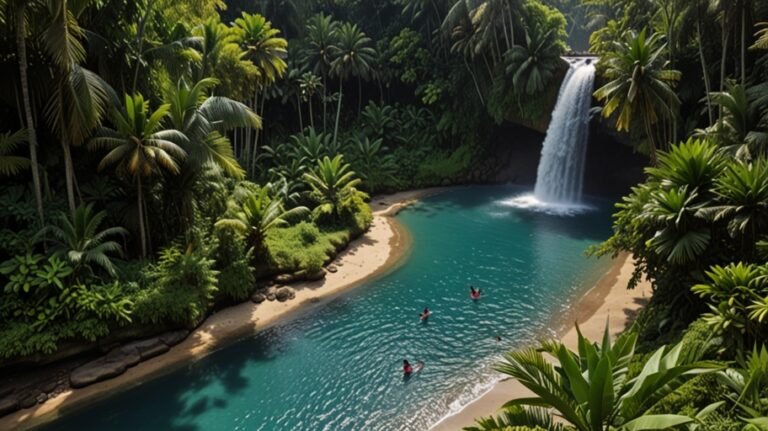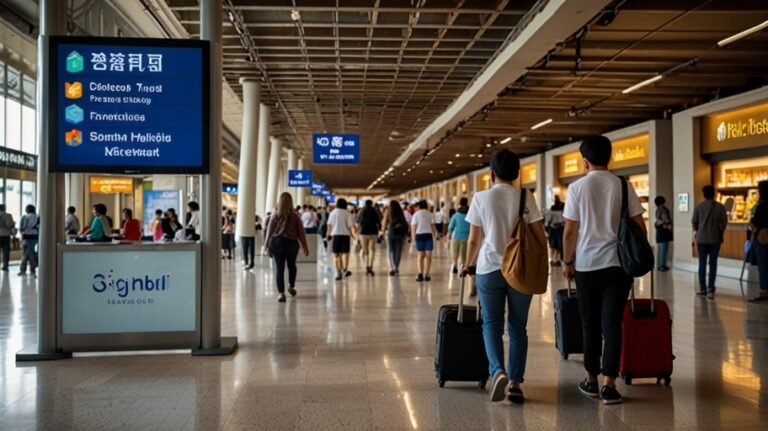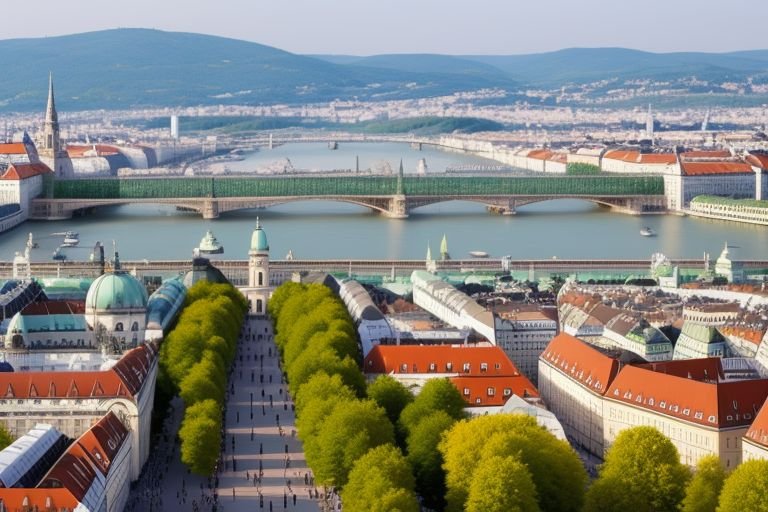Indonesia’s tourism industry strategic objectives are already outlined as the country targets one million Indian tourists in the future years. This target has emerged in the backdrop of healthy increase of tourism arrivals from India for the first seven months of the year on an average of 28 % from previous year. During our recent interaction with Indonesian Ministry of Tourism’s Deputy Minister for Marketing Ni Made Ayu Marthini, she disclosed this internal figure of target revealing that Indonesian would easily cross the current year target of 671000 international arrivals.
In order to attain this challenging goal, Indonesia is doing many things to market new locations and increase links. The country is adding five new places beyond the island of Bali to promote the various faces of Indonesia which has 17 thousand islands. These are contained in the Bali and beyond promotion campaign which entails the centre using Bali as a stepping stone for the international tourists to explore other cultural and naturist tourist attractions in Indonesia.
The places being marketed include Yogyakarta for its Borobudur temple and cultural dancing; Lombok for sandy beaches and rolling hills; Labuan Bajo to access the Komodo Island; and Jakarta as the capital city. Thus, diversifying endeavours the Indonesian side wants to attract younger generation of tourists, honeymooners, school or other educational institutions individuals, and businessmen.
The target of the Indian market is rather reasonable because India is a big country with a rather large number of people, and the number of Indians traveling abroad is increasing every year. Now, India stands fifth largest source market for Indonesia in total international tourist arrivals and second for arrivals in Bali alone. Indian tourists are lucky to stay an average of about one week and spend around a thousand US dollarsper head, meaning a lot of business opportunity for Indonesia’s tourism sector.
Therefore, connectivity continues to be a key driver of the one million visitors strategy. The Indonesian government has also been in recent talks to increase the number of flights between the two countries because the government understands this is a sure way of increasing the number of tourists from India. This plan fits regionally integrated developments aimed at lowering the cost of domestic flights within Indonesia which may be advantageous to the international travellers planning to visit multiple destinations during their trip.
The tourism industry of Indonesia is also not left behind in addressing the issues on the changing travel pattern and demand. Realizing its tourism potential, it strives to achieve a balance between growth and development and environment and culture. This approach is most observable in Bali, which authorities are now planning to pass a regulation that would suspend the construction of new hotels, resorts, and entertainment spots in the island’s primary tourist destinations for three to five years.
This puts a temporary ban on new developments in Bali that generally s reflects a growing global awareness of how the growth of tourism can be controlled responsibly. New constructions are restricted in Indonesia, for the government now wants to protect the Indonesian culture and beauty and at the same time upgrade infrastructure and services. It can be assumed that this change will be positively received by eco-tourists and might even increase Bali’s prestige as a sustainable tourism spot.
With plans to capture more tourists from India, Indonesia has also given emphasize with digital promotions and travelling fairs in promoting the country in India. The latest event organised in four cities of India and Nepal during the Indonesia Tourism Sales Mission in South Asian region proves the country’s intent of fostering business relation with the travel industry partners and prospective travellers.
The current expansion agenda of the tourism sector does not put all its stake on the Indian market only. Indonesia is also in the process of promoting direct tourism to other major markets such as, the Chinese, Australians and Europeans. This year alone, Air Macau began offering direct flights between Macau and Jakarta as another way for Indonesia to enhance international access and new markets.
As global tourism slowly rises from the effects of theCOVID-19 pandemic on the industry especially international travel Indonesia’s strategic implementation of and marketing towards tourism puts it in a vantage position to benefit as the world slowly turns the corner towards the improvements in the tourism sector. That is why the Indones country, rich in its cultures of cities and countries, in its natural islands deserves to become one of the favorite destinations for tourists in the future of Southeast Asia and South East Asia in general.




















+ There are no comments
Add yours